National Aeronautics and Space Administration (NASA) is a United States government agency that manages the nation’s nonmilitary space program and conducts research in aircraft flight. NASA employs thousands of government workers and tens of thousands of workers through contracts with private businesses. NASA maintains headquarters in Washington, D.C., and operates 10 field centers and many smaller facilities across the United States. Its programs advance scientific knowledge and stimulate the development of new technology. NASA also promotes international cooperation through such projects as the International Space Station (ISS) and provides educational programs for the public. NASA’s website at https://www.nasa.gov presents information on the agency’s activities.
NASA’s history began with the National Advisory Committee for Aeronautics (NACA), a federal aviation research group founded in 1915. Soon after the Soviet Union launched the first artificial satellite in 1957, U.S. President Dwight D. Eisenhower placed NACA in charge of U.S. nonmilitary space exploration. An act of Congress reorganized the group as NASA in 1958.
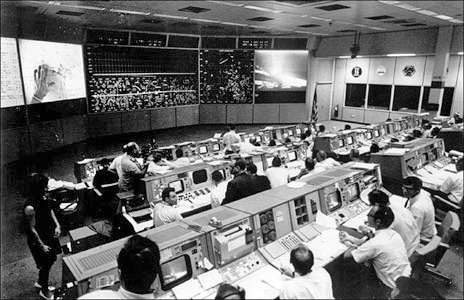
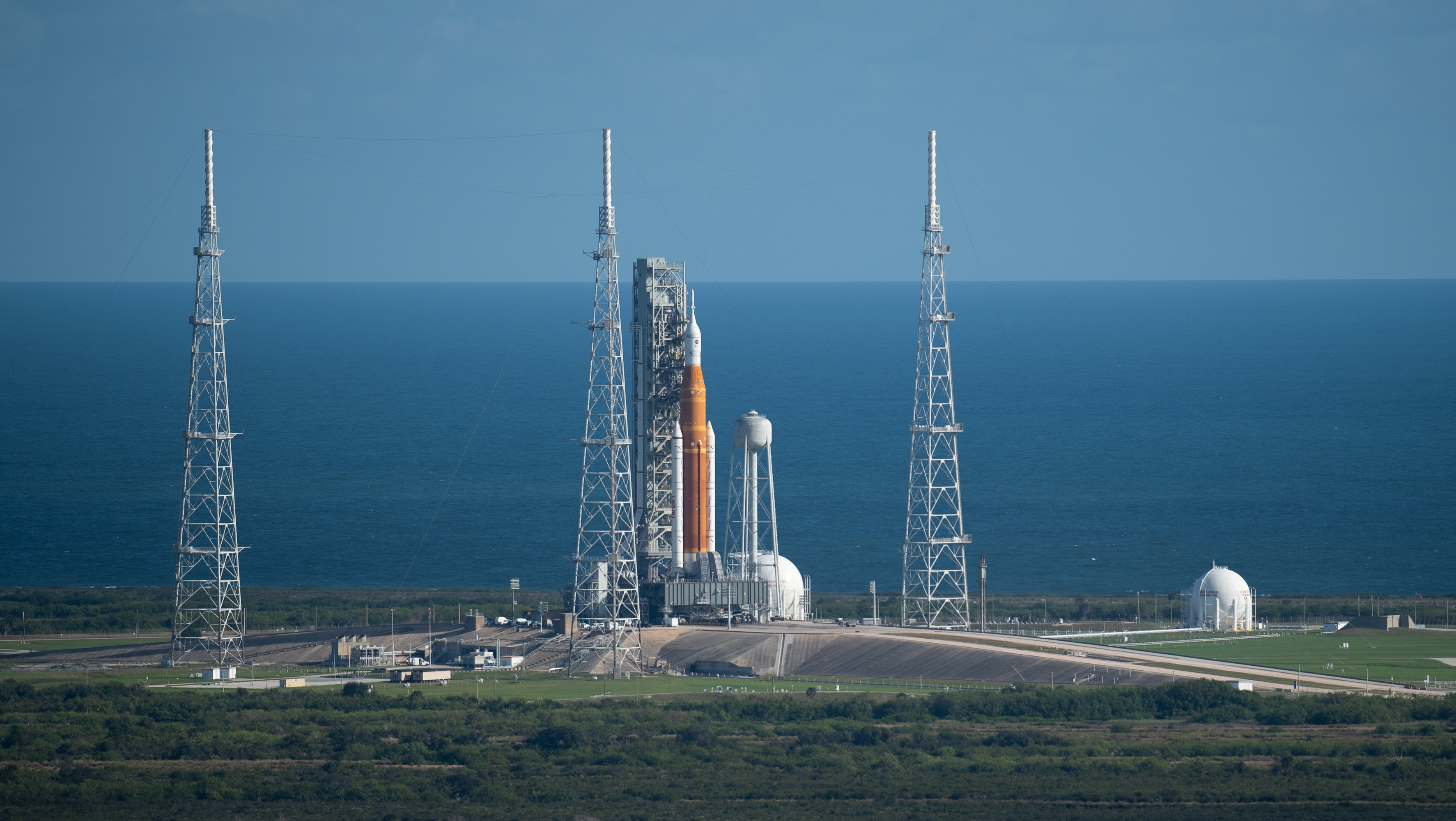
The new agency retained NACA’s laboratories in Hampton, Virginia; Cleveland, Ohio; and Moffett Field, California. In addition, it took control of a missile development complex (now the George C. Marshall Space Flight Center) in Huntsville, Alabama; the Jet Propulsion Laboratory in Pasadena, California; and military facilities at Cape Canaveral in Florida, Edwards Air Force Base in California, and White Sands Missile Range in New Mexico. NASA also built new facilities, including an astronaut training and flight control headquarters (now the Johnson Space Center) in Houston and the Goddard Space Flight Center, a space communications and satellite development facility in Greenbelt, Maryland.
In the 1960’s, NASA added hundreds of thousands of workers as part of the Apollo program. The program carried astronauts to the first landing on the moon in 1969. Later missions have included studies of every planet in the solar system, as well as asteroids, comets, dwarf planets, moons, and the sun. To aid in its explorations, NASA developed landers, orbiting probes, and rovers (robotic vehicles), and such techniques as flybys (one-time detours past a planet or other body). The agency has conducted surface explorations of the moon and Mars. Starting in 1998, NASA, together with Russia, built the International Space Station and continues to serve as one of the principal partners in financing, maintaining, and staffing the station.
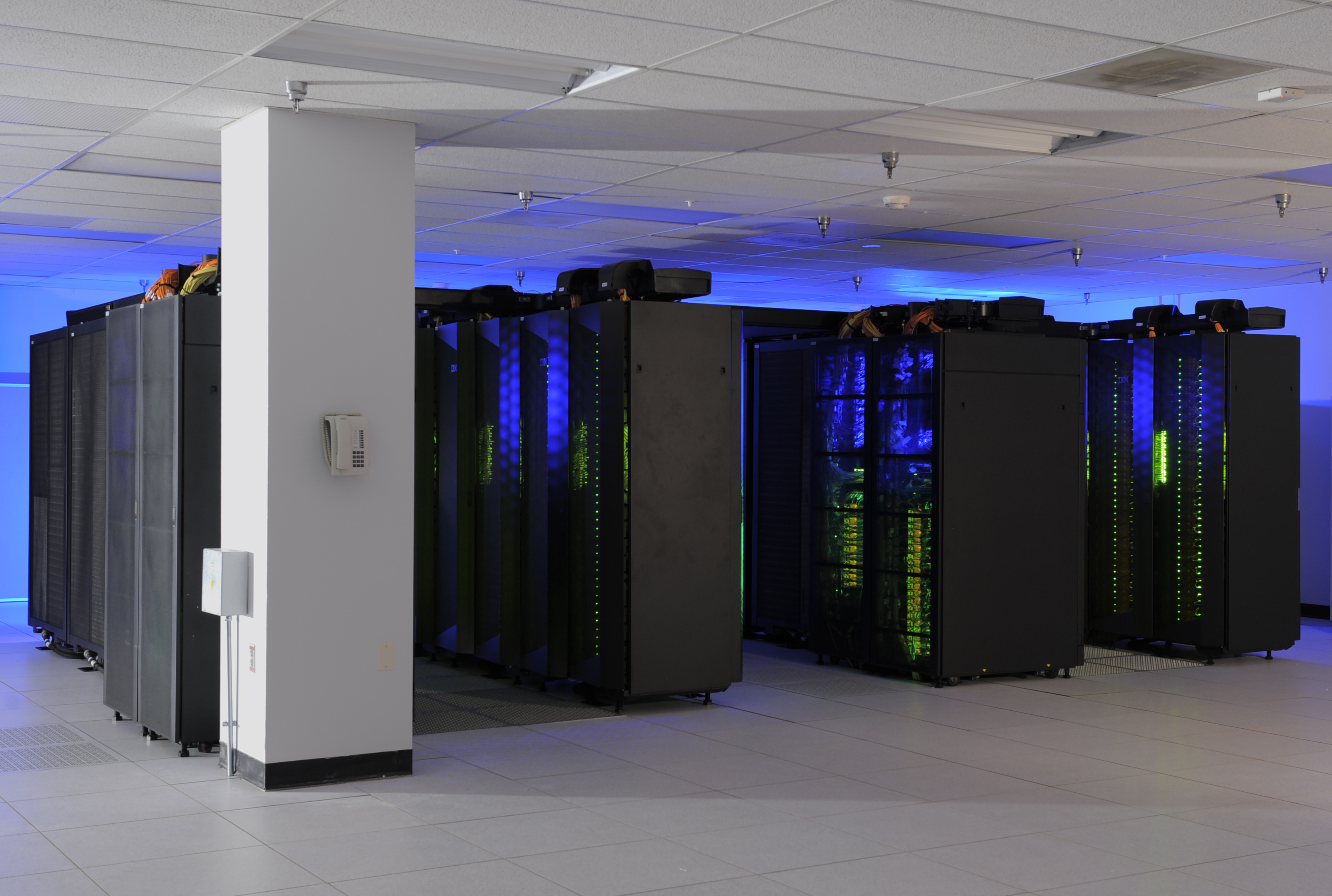
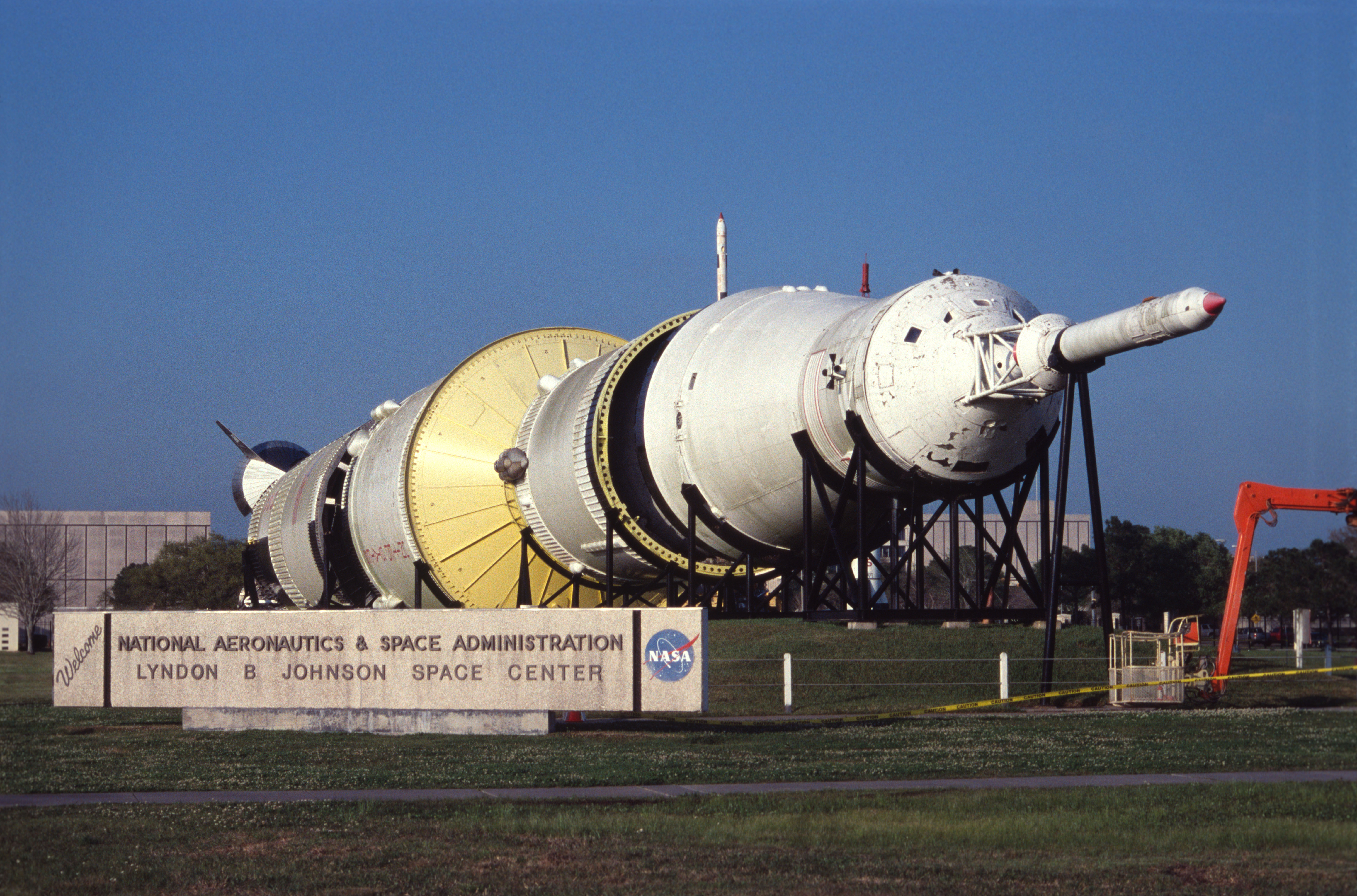
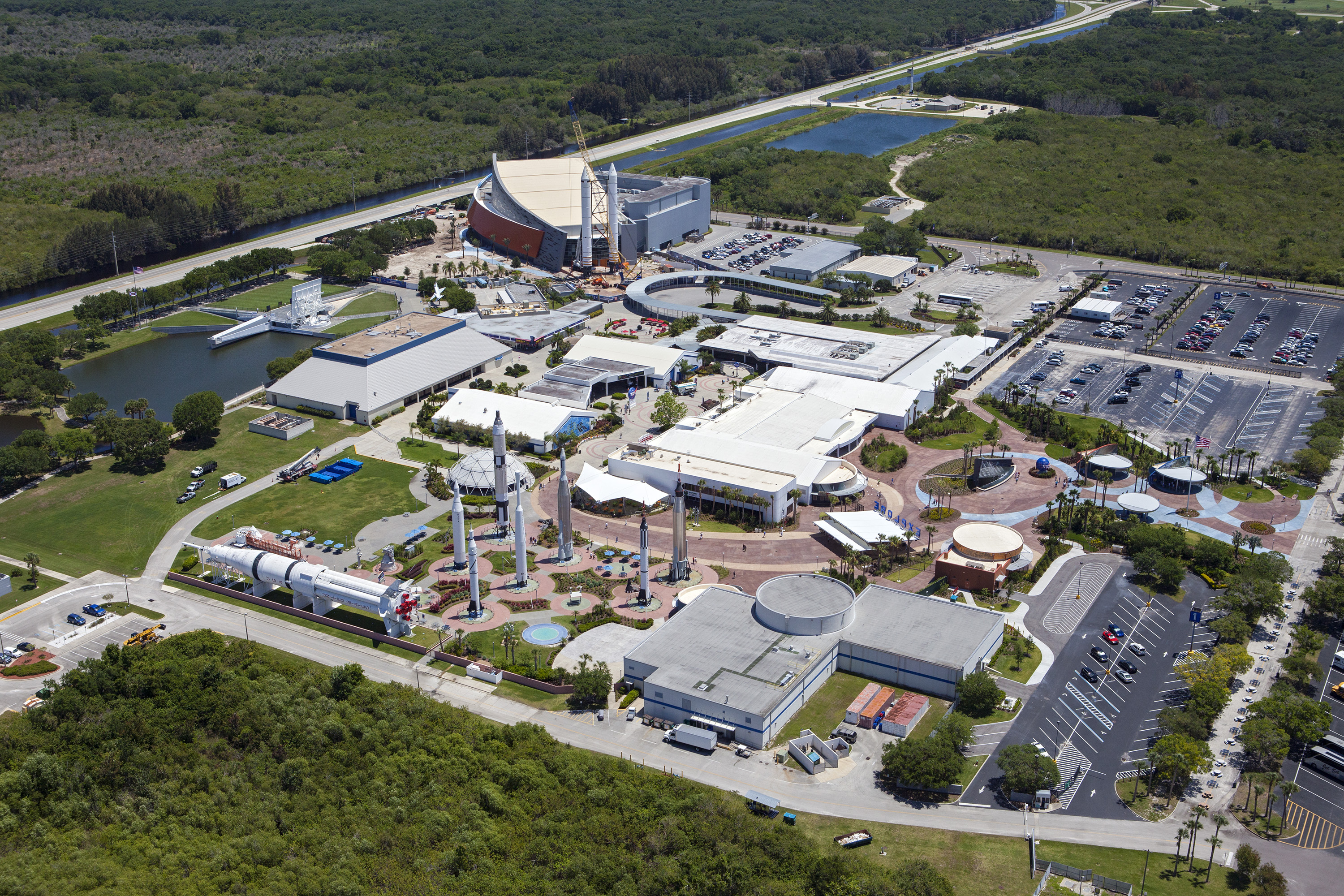
Space exploration is by its nature expensive and risky. Some experts, though, have criticized NASA leaders for errors in judgment that contributed to major disasters. Two space shuttle accidents, the loss of Challenger in 1986 and of Columbia in 2003, each resulted in the deaths of seven crew members (see Challenger disaster; Columbia disaster). Investigators concluded that faulty management and safety practices played a part in both accidents, leading NASA to adopt some reforms. Experts have also criticized the agency for excessive costs and delays in major projects, such as the ISS.
